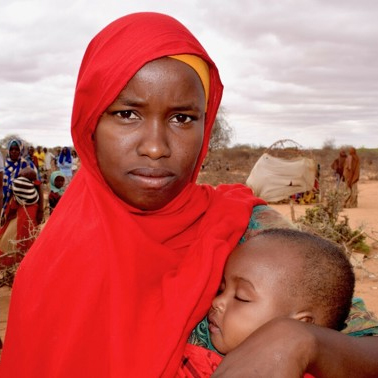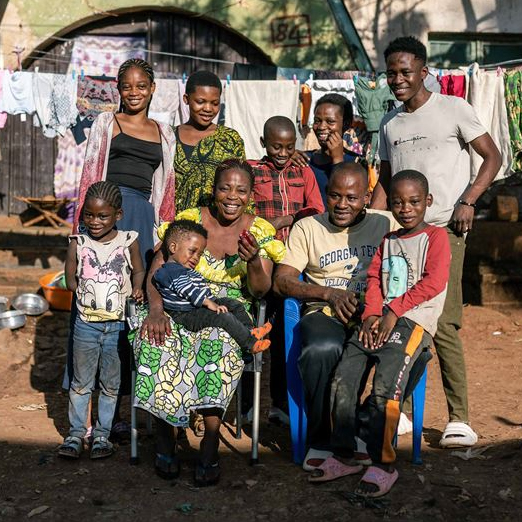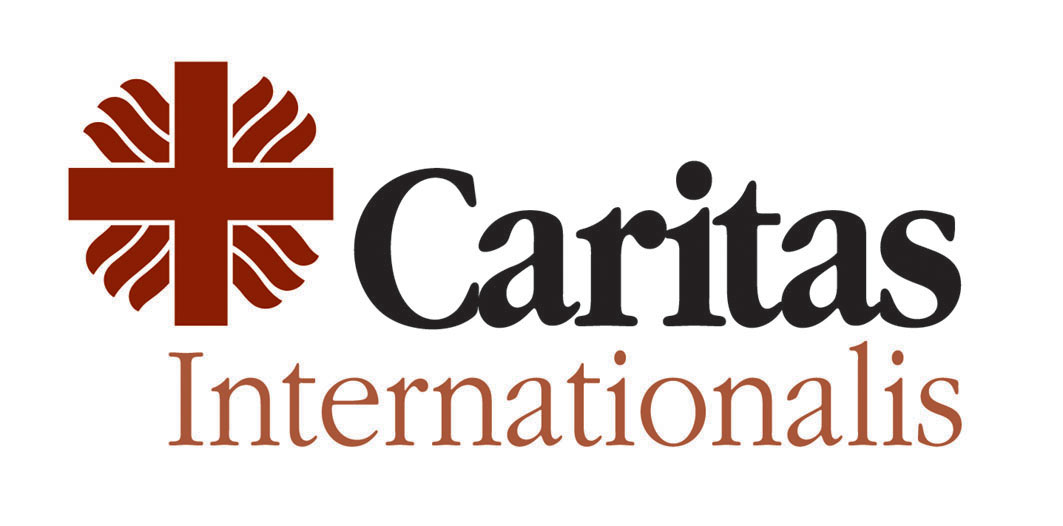-
In 2020, Australian GDP was $1.326 trillion USD or $2.031 trillion AUD; the Black Summer bushfires cost $100 billion AUD, or 4.92% of GDP.
-
Australia’s debt-to-GDP ratio in FY 2023–24 was 31.7%, roughly half that of many Pacific nations.
-
Specific figures for Australia’s debt servicing costs are not readily available.
- Home
- \
- News
- \
- Media Releases
- \
- Caritas launches ‘Rising Tides, Rising Debt’ report at COP30
Related Articles

Kirsten Sayers and Bishop Danny Meagher (centre) with Diocesan Directors and Caritas Australia staff. Photo credit, Caritas Australia.
The gathering focused on strengthening local partnerships, sharing insights on humanitarian action, and preparing for Project Compassion.

L-R - Denison Grellmann, Melissa Lipsett, Michael Stolz, Sureka Goringe, Chey Mattner, Jo Knight, John Lamerton, Simolyn Delgado, Aletia Dundas and Kirsten Sayers at the 10-year anniversary reception. Photo: Caritas Australia.
The ten-year anniversary of CAN DO was celebrated at a reception at Parliament House Canberra.

Families among the aftermath of Typhoon Uwan in the Philippines. Photo Credit: Caritas Germany.
The appeal supports communities facing a series of catastrophic weather events and natural disasters.

Water distribution to those displaced by the conflict in Sudan. Photo credit: CAFOD.
Escalating violence in Al Fasher and across the country has pushed millions further into crisis.
What can we help you with?
Speak with us
Call our Supporter Services team for assistance. Our lines are open Mon-Fri 9am-5pm AEST.
1800 024 413Contact Caritas Australia
Send us an enquiry and we’ll be in touch. We’d love to hear from you!
Contact UsSee our FAQs
Visit our FAQ page to learn more about the work of Caritas Australia and find answers to our most frequently asked questions.
FAQsDonate now to provide support where it's most needed today
Donate Now












